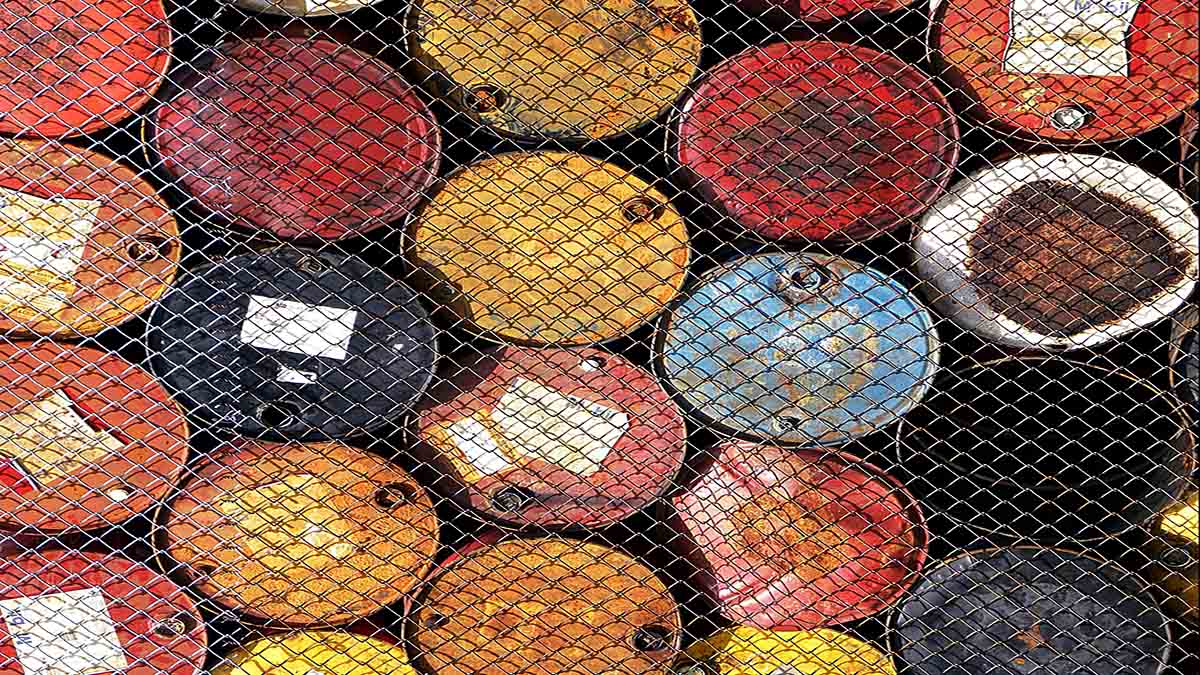Indian bond yields hit their highest levels in nearly 18 months while the rupee fell to its lowest level since July 2020 as the sharp rise in global oil prices raised concerns about its impact on domestic inflation.
India imports 80% of its oil needs and high prices result in increased imported inflation and have a spiralling impact on the prices across other sectors.
The Reserve Bank of India at its policy review on Friday lowered its full year inflation projection to 5.3% from 5.7% but sounded cautious about the impact of high global crude and other commodity prices on inflation.
“The rally in crude is ongoing and until we see some respite there, rupee and bonds will remain under pressure. It needs to be seen if the RBI comes in to protect the rupee or not,” a senior dealer with a private bank said.
The partially convertible rupee ended at 75.3550/3650 per dollar after touching 75.3950, its weakest since July 14, 2020. It had closed at 74.9850 on Friday.
A close of over 75.81 per dollar for the rupee would target a return to 76.92 which was a record low, a Reuters market analyst wrote on Monday.
Oil prices rose 2%, extending multiweek gains, as an energy crisis gripping major economies showed no sign of easing amid a pick up in economic activity and restrained supplies from major producers.
Traders said the uptick in U.S. bond yields on Friday to multi-month highs also hurt sentiment for local bonds.
India’s benchmark 10-year bond yield closed at the session high of 6.34%, its highest since April 17, 2020. The yield ended at 6.32% on Friday.
Analysts said RBI’s decision to not continue with its government securities acquisition programme for the third quarter and instead resort to ad-hoc bond buys will also keep pressure on long-end yields in the near future.












